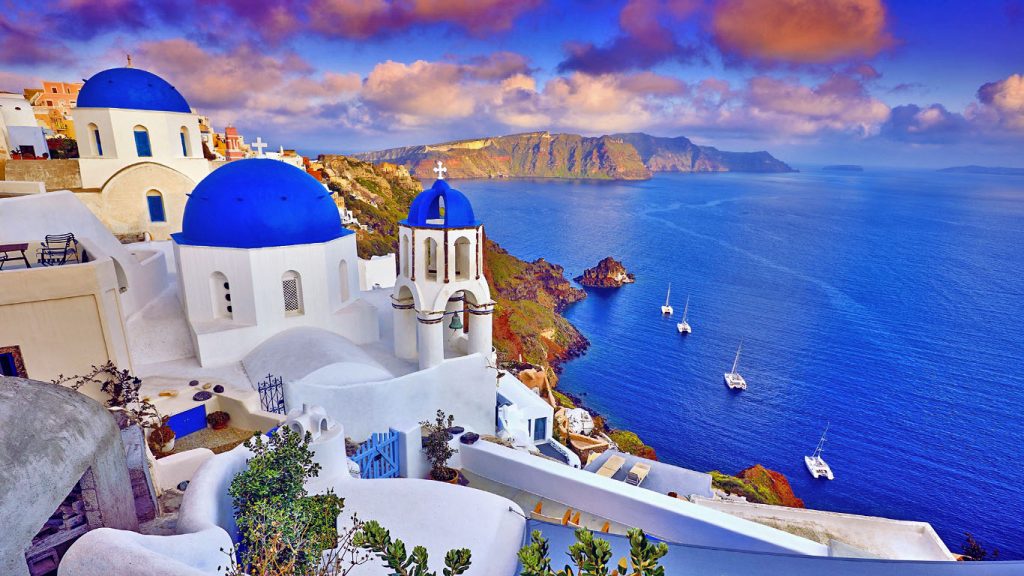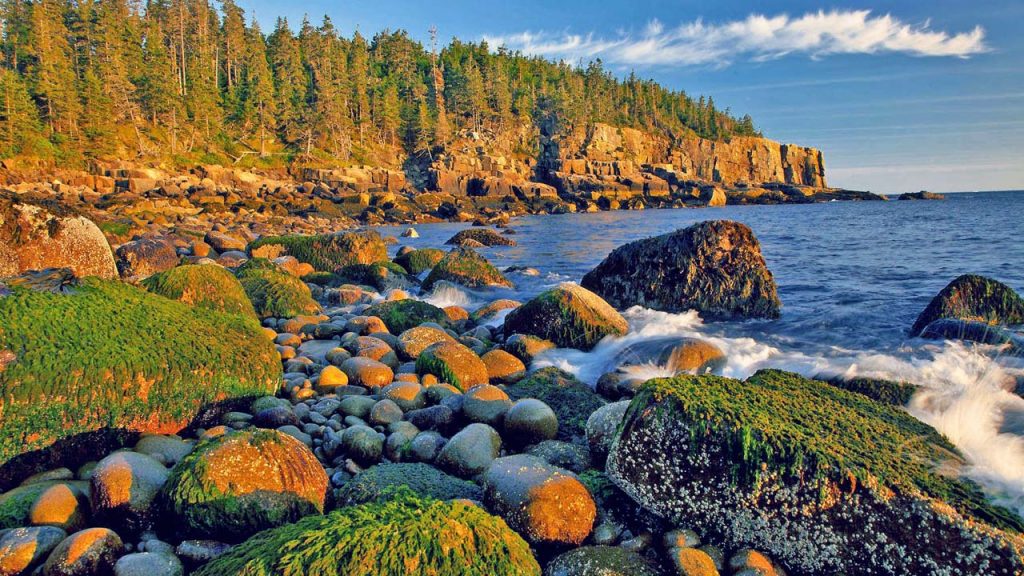Bora Bora Best Time to Go:
Bora Bora, often referred to as the “Pearl of the Pacific,” is a tropical paradise known for its stunning turquoise waters, overwater bungalows, and lush landscapes. Situated in the South Pacific, this small island in French Polynesia is a dream destination for many travelers. While Bora Bora is beautiful year-round, there are specific times when the weather, activities, and overall experience are at their best. In this comprehensive guide, we will explore the best time to visit Bora Bora, taking into account weather patterns, crowd levels, and various events that may influence your travel plans. Factors such as weather, crowds, and prices can significantly impact your trip. In this comprehensive guide, we will explore the best time to go to Bora Bora, taking into account various aspects to help you plan the perfect getaway.
Understanding Bora Bora’s Climate:
Bora Bora experiences a tropical climate with two distinct seasons: the wet season (summer) and the dry season (winter). The wet season typically runs from November to April, while the dry season lasts from May to October. Understanding these seasons is crucial when planning your trip to ensure you have the best possible experience.
Wet Season (November-April):
The wet season in Bora Bora is characterized by higher humidity and occasional rainfall. While the rain showers are generally short-lived, they can be intense. The temperatures during this period range from 77°F to 88°F (25°C to 31°C). Despite the occasional rain, the wet season also brings lush green landscapes and vibrant flowers, adding a unique charm to the island. It’s important to note that cyclones are a possibility during the wet season, although they are relatively rare.
- Weather: The wet season in Bora Bora is characterized by higher temperatures and increased rainfall. While temperatures remain warm, ranging from 77°F to 88°F (25°C to 31°C), there is a higher chance of tropical showers and occasional storms. Humidity levels are also higher during this period.
- Crowds: The wet season tends to be less crowded, making it an attractive option for travelers seeking a more tranquil experience. However, some businesses and services may close during this time for maintenance or renovations.
- Activities: While water activities are still available, the occasional rain may affect visibility for snorkeling and scuba diving. It’s essential to monitor weather forecasts and plan activities accordingly.
Dry Season (May-October):
The dry season is considered the best time to visit Bora Bora due to its more stable weather conditions. The temperatures during this period range from 73°F to 86°F (23°C to 30°C). Rainfall is minimal, and the skies are generally clear, offering ample sunshine for outdoor activities and water sports. The dry season is also the peak tourist season, so it’s advisable to plan and book well in advance to secure accommodation and activities.
- Weather: The dry season is characterized by lower humidity levels and less rainfall. Temperatures are slightly cooler, ranging from 73°F to 84°F (23°C to 29°C). This is generally considered the more comfortable and pleasant time to visit, with plenty of sunshine.
- Crowds: The dry season is the peak tourist season in Bora Bora. With idyllic weather conditions, this period attracts more visitors, leading to higher accommodation prices and more crowded attractions.
- Activities: The dry season is ideal for all water activities, including snorkeling, scuba diving, and water sports. The clear skies and calm waters enhance the overall experience.
Choosing the Best Month to Visit:
Now that we have a general understanding of Bora Bora’s climate, let’s delve into each month to determine the best time to visit based on specific preferences and interests.
May:
Weather: May marks the beginning of the dry season, offering pleasant temperatures and decreasing rainfall. It’s an excellent time for outdoor activities.
Crowds: While it’s not as crowded as the peak months, May still sees a fair number of tourists. It strikes a balance between a vibrant atmosphere and relative tranquility.
Events: The Heiva Festival, a traditional Polynesian celebration, begins in May, showcasing dance, music, and sports.
June:
Weather: June is characterized by clear skies and warm temperatures. It’s an ideal month for water activities, and the chances of rain are relatively low.
Crowds: Tourist numbers start to increase, but June is still considered part of the shoulder season, offering a more relaxed atmosphere.
July:
Weather: July is one of the driest and coolest months, making it a popular choice for visitors. The sea is calm, and the weather is perfect for outdoor exploration.
Crowds: July marks the beginning of the high season, attracting more tourists. Bookings for accommodations and activities are recommended.
August:
Weather: Similar to July, August provides excellent weather conditions with minimal rainfall. The temperatures are comfortable, and the sea is inviting for water-based activities.
Crowds: August is part of the high season, so expect larger crowds and higher prices. Planning and booking in advance are essential.
September:
Weather: September continues the dry and comfortable weather, offering a great time for outdoor adventures. The sea remains calm, and the visibility of water activities is excellent.
Crowds: While still part of the high season, September sees a gradual decrease in tourist numbers, providing a more relaxed experience.
October:
Weather: October is the transition month between the high and low seasons. While the weather remains favorable, there is a slight increase in rainfall. It’s still a good time for a visit, but it’s essential to check weather forecasts.
Crowds: Tourist numbers decrease in October, making it a suitable time for those who prefer a quieter experience.
November:
Weather: November marks the beginning of the wet season, bringing higher temperatures and increased rainfall. While it’s not the ideal time for a visit, it can still be enjoyable for travelers who don’t mind occasional showers.
Crowds: November sees a significant drop in tourist numbers, offering a more intimate experience. Keep in mind that some services may be limited.
December:
Weather: December is part of the wet season, with warm temperatures and occasional rain. While it’s not the driest month, it still has its charm, and the lush landscapes are vibrant.
Crowds: December is considered a quieter month, making it a suitable option for those who prefer a more secluded experience during the holiday season.
Special Considerations
While weather and crowd levels are crucial factors in determining the best time to visit Bora Bora, there are additional considerations to keep in mind:
Whale Watching (July-October): If witnessing humpback whales is on your bucket list, plan your visit between July and October. During these months, these majestic creatures migrate to the warm waters of French Polynesia for mating and calving.
Manta Ray Season (May-December): Bora Bora is known for its manta ray population. If you’re interested in snorkeling or diving with these gentle giants, the period from May to December offers the best chances of encountering them.
Coral Bleaching Awareness (Year-round): As a responsible traveler, be mindful of the delicate coral ecosystems in Bora Bora. Coral bleaching can occur due to environmental stress. Use reef-safe sunscreen, avoid touching coral, and choose eco-friendly tour operators to minimize your impact on the environment.
Cultural Festivals: Bora Bora hosts various cultural festivals throughout the year, showcasing traditional Polynesian dance, music, and crafts. Check the local events calendar to coincide your visit with these vibrant celebrations.
Conclusion
Choosing the best time to visit Bora Bora depends on your preferences, whether you prioritize ideal weather conditions, fewer crowds, or specific activities. The months of May to October generally offer the most favorable weather, with July and August being the peak months for tourism. However, the shoulder seasons (May, June, September, and October) provide a good balance between pleasant weather and fewer tourists.
Ultimately, Bora Bora’s timeless beauty and allure make it a captivating destination year-round. Whether you’re lounging in an overwater bungalow, exploring vibrant coral reefs, or immersing yourself in local culture, this tropical paradise promises a memorable experience whenever you choose to visit.




Pingback: Tourist Guide | Pearltrees
Pingback: Bora Bora | French Polynesia | Tourist Field